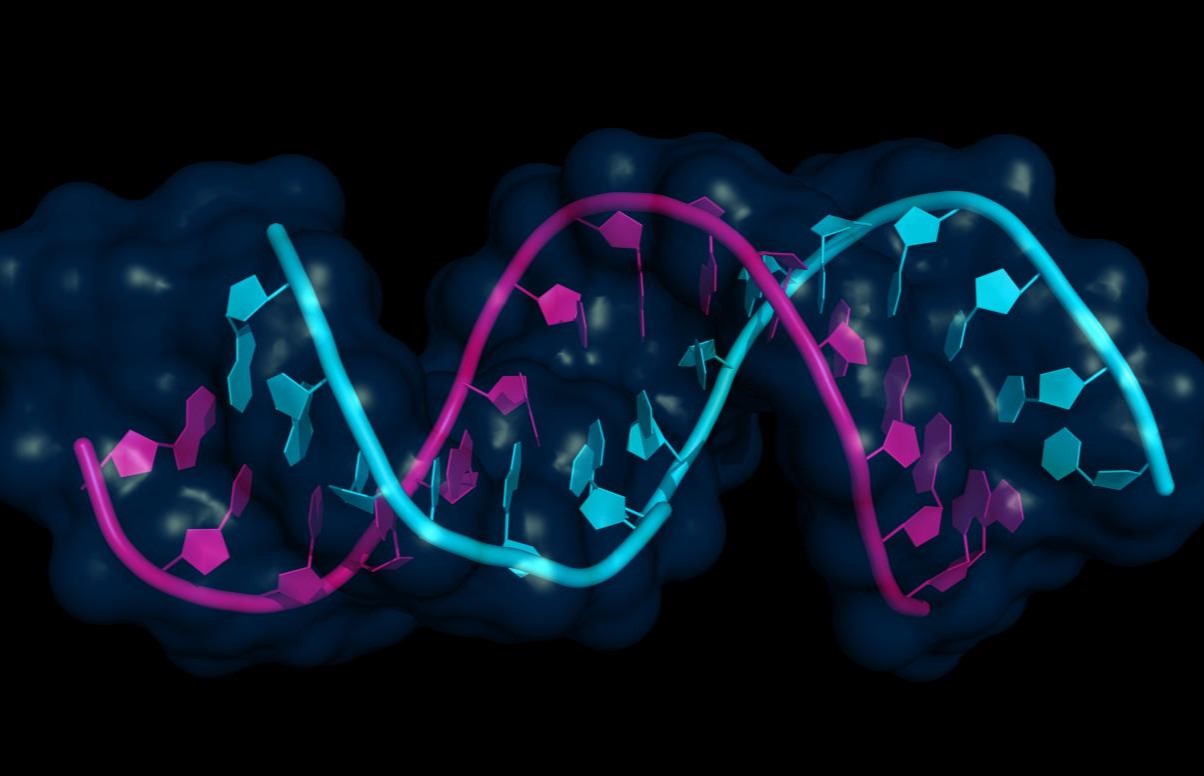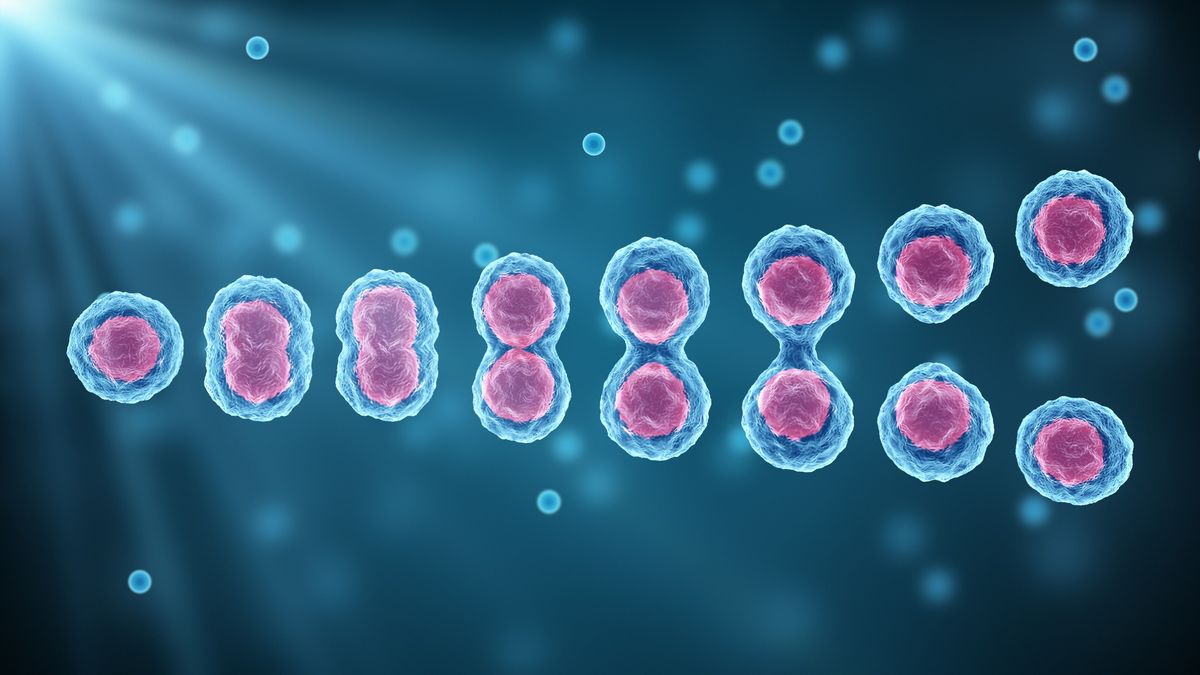
mRNA stability plays a crucial role in gene expression and cellular function. But what exactly is it? mRNA stability refers to how long messenger RNA molecules remain intact within a cell before being degraded. This stability determines how much protein a cell can produce from a single mRNA transcript. Factors like sequence elements, binding proteins, and cellular conditions influence mRNA's lifespan. Understanding these factors can help in fields like medicine and biotechnology. For instance, researchers can design more effective vaccines and therapies by manipulating mRNA stability. Ready to dive into the fascinating world of mRNA? Let's explore 22 intriguing facts about its stability!
What is mRNA Stability?
mRNA stability refers to how long messenger RNA (mRNA) molecules remain intact within a cell. This stability is crucial because it influences how much protein is produced from the mRNA. Let's dive into some fascinating facts about mRNA stability.
-
mRNA Lifespan: The lifespan of mRNA can range from a few minutes to several hours. This duration affects how much protein is synthesized.
-
Poly(A) Tail: A long poly(A) tail at the end of mRNA increases its stability. This tail protects mRNA from degradation.
-
5' Cap: The 5' cap is another protective feature. It helps mRNA avoid being broken down by enzymes.
-
RNA-binding Proteins: These proteins can either stabilize or destabilize mRNA. They bind to specific sequences and influence mRNA's fate.
-
MicroRNAs: Small RNA molecules called microRNAs can bind to mRNA and reduce its stability. This process is known as RNA interference.
Factors Influencing mRNA Stability
Several factors can affect how stable mRNA is within a cell. Understanding these factors can help in various scientific and medical fields.
-
Sequence Elements: Specific sequences within the mRNA can make it more or less stable. These sequences are often found in the untranslated regions (UTRs).
-
Cell Type: Different cell types can have varying levels of mRNA stability. For example, mRNA in liver cells may be more stable than in muscle cells.
-
External Stimuli: Environmental factors like stress, temperature, and toxins can influence mRNA stability. Cells adapt by altering mRNA stability in response to these stimuli.
-
Translation Efficiency: mRNAs that are efficiently translated into proteins tend to be more stable. The ribosome's activity can protect mRNA from degradation.
-
Chemical Modifications: Chemical changes to mRNA, such as methylation, can affect its stability. These modifications can either stabilize or destabilize the mRNA.
Importance in Medicine and Research
mRNA stability plays a crucial role in medical research and therapeutic applications. Let's explore how.
-
Vaccine Development: mRNA vaccines, like those for COVID-19, rely on stable mRNA to produce the desired immune response. Stability ensures the mRNA remains intact long enough to be effective.
-
Gene Therapy: In gene therapy, stable mRNA can be used to replace or repair faulty genes. This stability is essential for the therapy's success.
-
Cancer Research: Abnormal mRNA stability can lead to cancer. Researchers study these abnormalities to develop targeted treatments.
-
Drug Development: Understanding mRNA stability helps in designing drugs that can either stabilize or destabilize specific mRNAs. This can be useful in treating various diseases.
-
Neurodegenerative Diseases: mRNA stability is also studied in the context of neurodegenerative diseases like Alzheimer's. Abnormal mRNA stability can contribute to these conditions.
Techniques to Study mRNA Stability
Scientists use various techniques to study mRNA stability. These methods help in understanding how mRNA behaves in different conditions.
-
Northern Blotting: This technique measures the amount of specific mRNA in a sample. It helps in determining mRNA stability.
-
RT-qPCR: Reverse transcription quantitative PCR is used to quantify mRNA levels. It provides insights into mRNA stability.
-
RNA-Seq: RNA sequencing allows for a comprehensive analysis of all mRNAs in a cell. It helps in identifying stable and unstable mRNAs.
-
Reporter Assays: These assays use reporter genes to study mRNA stability. The reporter gene's activity reflects the stability of the mRNA.
-
CLIP-Seq: Crosslinking immunoprecipitation sequencing identifies RNA-binding proteins that interact with mRNA. It helps in understanding how these proteins influence mRNA stability.
Future Directions in mRNA Stability Research
Research on mRNA stability is continually evolving. Here are some future directions that scientists are exploring.
-
Synthetic mRNA: Developing synthetic mRNAs with enhanced stability for therapeutic purposes. These mRNAs can be used in vaccines and gene therapies.
-
Personalized Medicine: Understanding individual differences in mRNA stability can lead to personalized treatments. This approach tailors therapies based on a person's unique mRNA stability profile.
Final Thoughts on mRNA Stability
Understanding mRNA stability is crucial for grasping how cells function and how diseases can be treated. From its role in gene expression to its impact on protein synthesis, mRNA stability affects many biological processes. Factors like sequence elements, RNA-binding proteins, and cellular conditions all play a part in determining how long an mRNA molecule lasts. This knowledge is especially important in fields like genetic research and medicine, where manipulating mRNA stability can lead to breakthroughs in treatments and therapies. By diving into the intricacies of mRNA stability, scientists can develop more effective vaccines and therapeutics, ultimately improving health outcomes. So, next time you hear about mRNA, remember its stability is a key piece of the puzzle in the complex world of molecular biology.
Was this page helpful?
Our commitment to delivering trustworthy and engaging content is at the heart of what we do. Each fact on our site is contributed by real users like you, bringing a wealth of diverse insights and information. To ensure the highest standards of accuracy and reliability, our dedicated editors meticulously review each submission. This process guarantees that the facts we share are not only fascinating but also credible. Trust in our commitment to quality and authenticity as you explore and learn with us.


